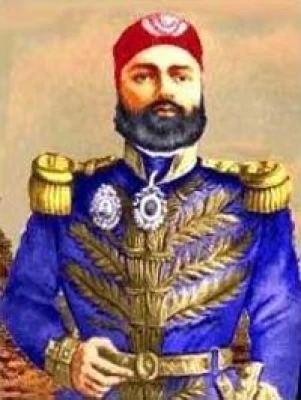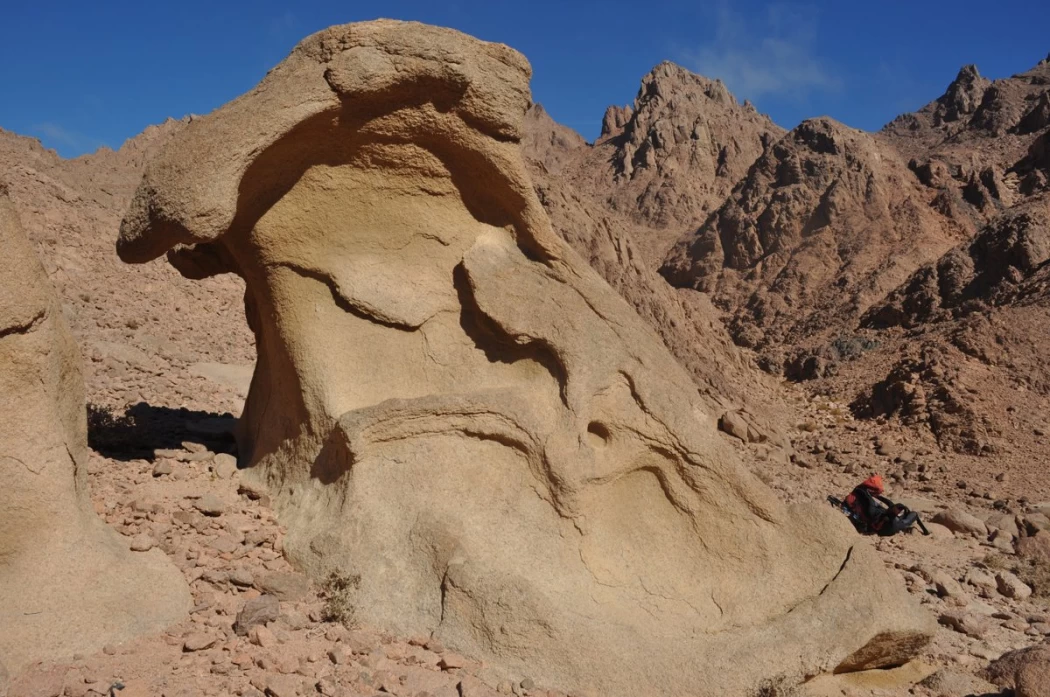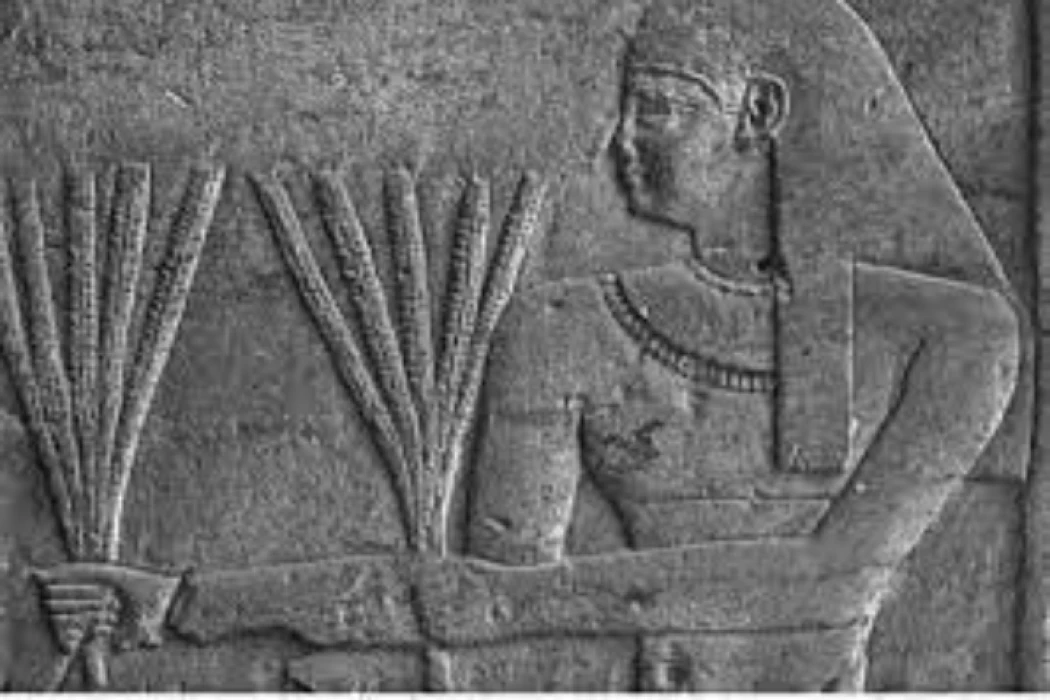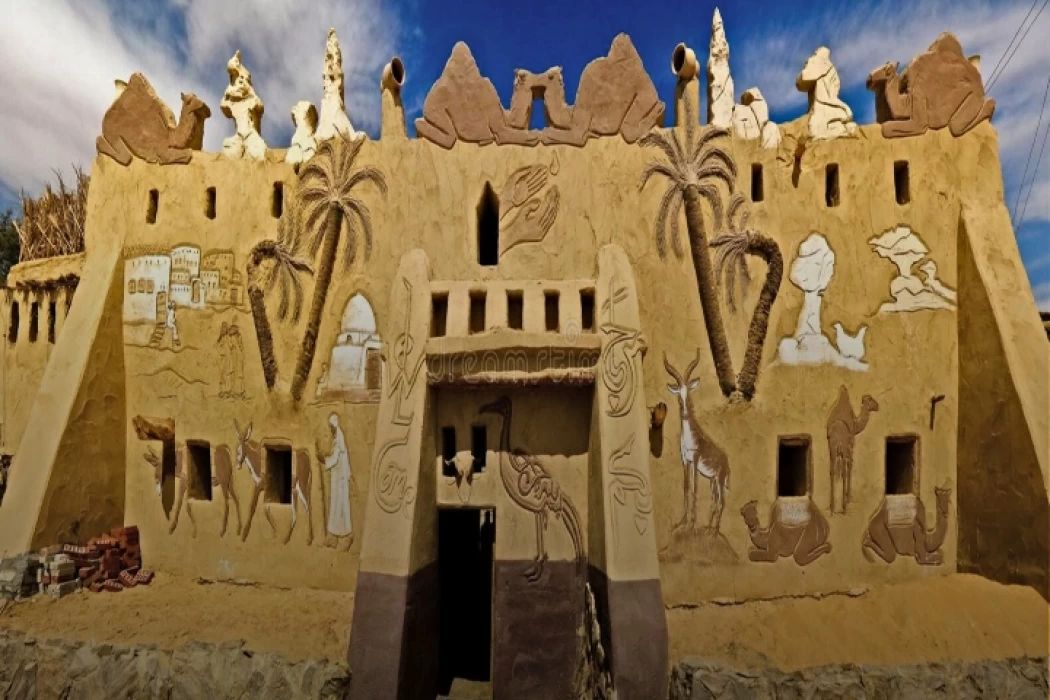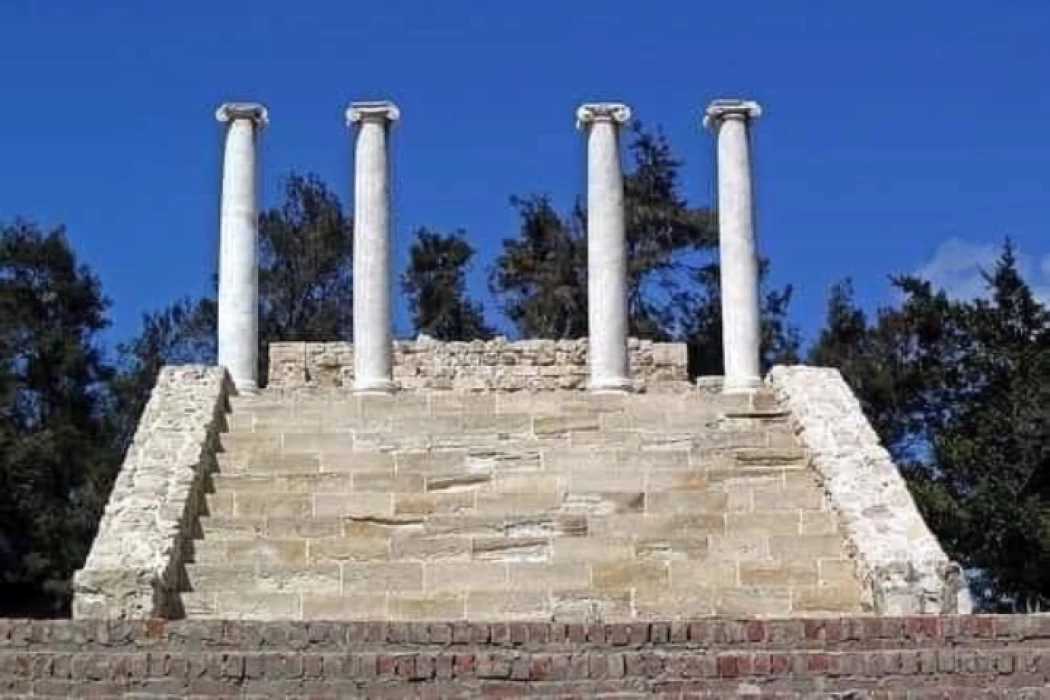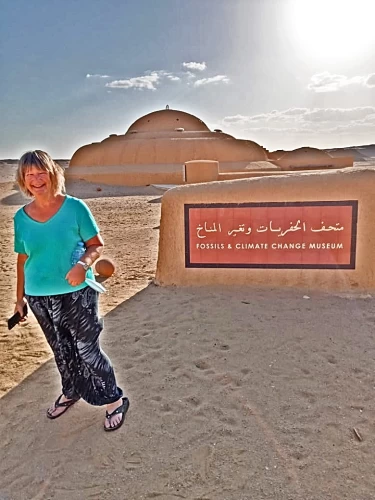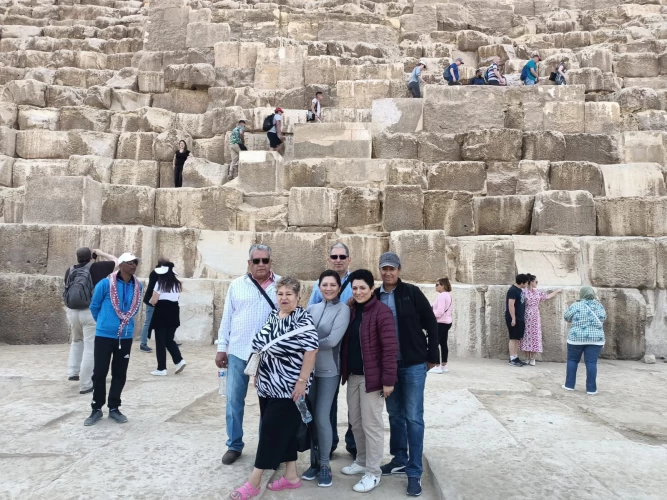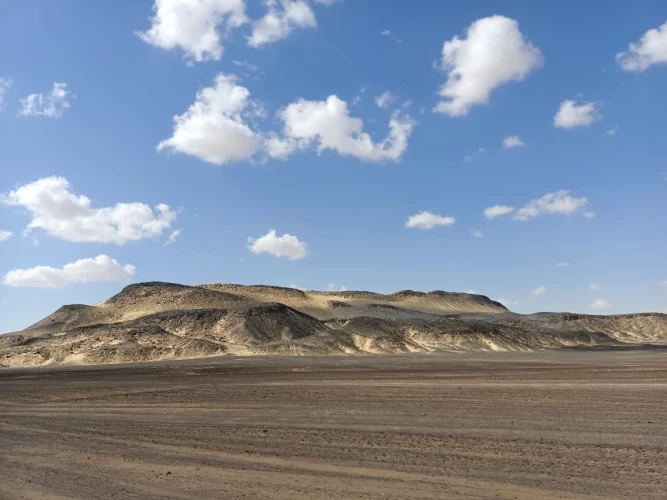
The Lake of Qarun in Egypt
Lake Qarun or Lake Qarun is a lake in the city of Fayoum in Upper Egypt, located in the northwest of the city of Beni Suef, west of the Nile River and about 50 kilometers away from it. Qarun Lake is located in Fayoum governorate and is one of the largest natural lakes in Egypt The Meaning of Qarun Name In Hiroghlyphs is "big sea".
The area of Lake Qarun in the old days and its remains today.
Lake Qarun is located north of the city of Fayoum, about 27 km away, and it is one of the deepest lakes, where there are places with depths up to 14 M and also with fish belonging to salt water and fresh water.
The lake was supplied with Nile water during the flood days of the Pharaohs due to its low sea level (-45 meters). During the reign of Pharaoh of Egypt Amenemhat III (XII Egyptian dynasty), he ordered the construction of a canal and two dams to store Nile water in it during the flood. According to Herodotus ' manuscripts on the history of ancient Egypt, the lake stored water for 6 months and supplied the lands with water for six months.
The area
The area of the lake is currently 330 square kilometers, 40 kilometers long, and about 7 kilometers wide. Its area has decreased due to drought over the centuries.
Decline
One of the deepest sides of the Fayoum depression, where it drops by 45 meters below sea level.
Depth
It is a shallow lake with an average depth of 7.5 meters and the deepest areas are about 14 meters. It is currently about 50 kilometers long and about 12 kilometers wide. In the past, it was much wider as it covered the area of the present-day city of Fayoum (see map).
Wastewater in Lake Qarun
It restores the balance of the lake and compensates for the water it loses through evaporation, but this wastewater has become a danger to the agricultural and fishery benefits of this lake, especially the wastewater of fields filled with the remains of chemical fertilizer, which negatively affects the fish in the lake and aquatic life. This is why there is a recent project (2014) to purify wastewater and use it in agriculture instead of discharging it into the lake.
The salinity of Lake Qarun, despite its river origin, is due to its exposure to severe evaporation, which leads to the concentration of salts in it, as well as the high percentage of salts in wastewater. The Fayoum depression is also similar to an oasis, because this area is isolated from the rest of the Nile Valley in Egypt, as well as because the lowlands are not as flat as the Valley and Delta lands, and because the low is the only part of the Nile Valley whose level drops below sea level (apart from the Qattara Depression, which is located west of that area).
Climatic changes and their impact on the topography of Fayoum:
As a result of the unevenness of the lowland, it consists of a series of terraces and terraces.
The result: its lands need irrigation canals that flow between the fields from many points. The water is then pumped to higher levels to reach agricultural land.
In Greek Moeris
Herodotus believed that Moeris is the name of one of the Pharaohs who laid a canal to the lake to store floodwater in it, but the ancient Egyptian designation meant the Big Sea. The pharaoh who created the canal was Amenemhat III of the Twelfth Dynasty.
Also, the name of the city of Fayoum was original "BA-Yum", meaning " the sea "or" this sea" - and the name was later changed to" bayum", then (Fayoum).
More Information About Qarun Lake
History did not mention that Qarun was eclipsed by God's land there, but some believed that it happened because of the similarity of the name of the lake with the name of Qarun, this lake was named after (Barun) in the era of the Pharaohs, and because of the similarity in the name it was named in the modern era with Qarun because some believe that this is the land
Latest Articles
Admin
Regin of Abbas I of Egypt | Abbas Pasha I
Abbas has been often described as a mere voluptuary, but Nubar Pasha spoke of him as a true gentleman of the "old school". He was seen as reactionary, morose and taciturn, and spent nearly all his time in his palace. He undid, as far as lay in his power, the works of his grandfather, both good and bad.
Admin
Story of Gabal Shayeb Al Banat - Red Sea Mountain
Jabal shayb al-banat is one of the Red Sea Mountains in the eastern desert in Egypt, located to the west of the city of Hurghada at a latitude of 27 degrees north and a longitude of 33.5 degrees east of the Greenwich line approximately, this mountain is the highest mountain peak in the eastern desert with a height of up to 2185 meters, it is a prominent mass of igneous rocks
Admin
Neper God Of Grain
Neper was the deity of grains, particularly cereals that were important in Ancient Egypt, such as wheat and barley. It was stated that he foretold when the crops would grow, be harvested, and disappear.
Admin
Badr Museum in Farafra
The Badr Museum is located in a mud building, which is the common home found in this medieval part of Egypt. All of the artwork that was created by the artist is quite unique. His work almost always depicts life in the Farafra Oasis and he provides the work through both painting and sculpting.
Admin
The Black Head Temple
The Black Head Temple is a small temple dedicated to the worship of the goddess Isis and was discovered in 1936, by chance, in the Black Head area, which is now located within the Mandara area of the Montazah district in Alexandria. This temple was moved from its original place to the Latin Necropolis in 1994.
Admin
The Queen Tetisheri
Tetisheri was the mother of Seqenenre Tao, Queen Ahhotep I, and possibly Kamose. For sure, she was the mother of Satdjehuty/Satibu, as attested on the rishi coffin of the latter. At Abydos, her grandson King Ahmose I erected a Stela of Queen Tetisheri to announce the construction of a pyramid and a "house" for Tetisheri.
